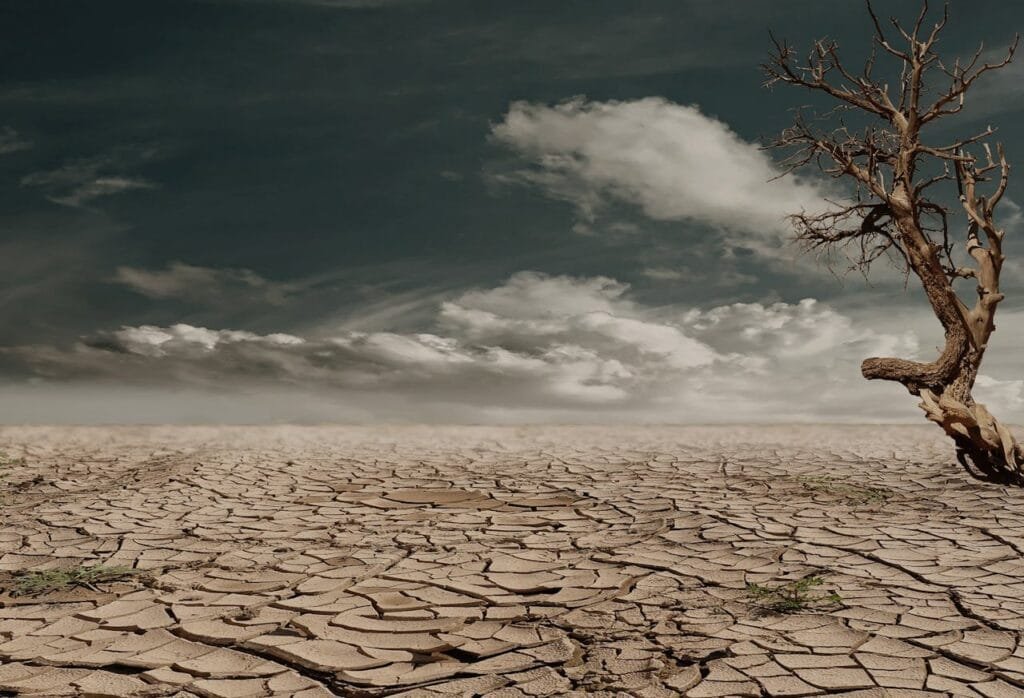Environment Ministers have agreed on a 2040 climate target: a 90% reduction in emissions in comparison to 1990. On paper, this might not sound too bad, but in reality, the reliance on international offsets up to 5% and the inclusion of an emergency break for carbon sinks could reduce the actual domestic target to lower than 85%.

Ministers also agreed on the EU’s Nationally Determined Contribution (NDC) for 2035, just ahead of COP30 in Belém. Sticking to the same range as the earlier ‘statement of intent’ (66.25%-72.5%), the EU has settled for too little too late, making no progress since their September meeting, only losing time and face. WWF emphasises that when a range is adopted, it is typically only the lower bound that is effectively pursued, meaning 66.25%.
Offsets: cheap numbers, expensive consequences
WWF welcomes the fact that EU leaders agreed on a 2040 climate proposal and NDC before COP30, avoiding showing up in Belém empty-handed. However, WWF warns that the EU’s decision to depend on international offsets threatens to hollow out the 2040 target. The European Scientific Advisory Board on Climate Change (ESABCC) has already pointed out that offsets should be additional to the domestic target, but the Commission and Member States have once again disregarded science.
According to the ESABCC, only 16% of offsets have delivered genuine emissions reductions. But if they were high-quality offsets, they would be costly, and relying on them would divert investment from transforming the EU’s own industries, economy, and workers. On top of that, the Commission will assess the possibility for Member States to use a further 5% of such credits at Member States’ level, and Ministers want to delay introduction of the Emission Trading System (ETS) for buildings and road transport and push back the phase-out of free allowances under the ETS, weakening domestic climate action even more and sending the wrong signal to frontrunners.
“Member States are claiming they have agreed on a 90% target, but that’s just sleight of hand. Once you strip off the offsets and the potential emergency break for carbon sinks, the real figure will be lower than 85%. The EU should lead by example, not by loophole,” said Michael Sicaud-Clyet, Climate Policy Officer at WWF EU.
“Adding a review clause after five years only exacerbates the problem. It turns what should be a clear, stable path for investors and industries into a moving target. Targets are meant to set long-term direction, not to be constantly revised,” added Sicaud-Clyet.
The Council text explicitly links this review clause to a potential review of the overall 2040 target if the estimated level of natural removals does not meet the expectations. WWF is concerned that it is giving Member States a get-out-of-jail free card to lower the target if they don’t do enough to protect their natural carbon sinks.
Equally disappointing is the agreement to open the door to the inclusion of internal EU offsets within the EU ETS. The integration of permanent carbon removals in the EU ETS will undermine emissions reductions by deterring big polluters to reduce their emissions first. The integration of permanent removals poses a risk to the carbon price and is set to reduce Member States’ revenues. Even worse, the criteria for permanent removals that the Commission looks set to adopt are fundamentally flawed and will certify things that are not removals at all.
Throwing nature removals under the bus
The Council’s position wants to backtrack on carbon sinks. By refusing to acknowledge the root cause of the decline of natural removals, namely irresponsible harvesting practices, Member States want to allow themselves to fail without any consequences. The EU and its Member States would do better to remember that they have a legally binding international obligation to protect and enhance carbon sinks and reservoirs under the United Framework Convention on Climate Change, as reminded by the recent International Court of Justice’s advisory opinion delivered in July 2025.
The ball is now in the European Parliament’s court, which will vote on its position later in November. WWF urges Members of the European Parliament to back a genuinely strong 2040 target: closing existing loopholes and excluding international offsets to ensure real emission reductions within the EU.